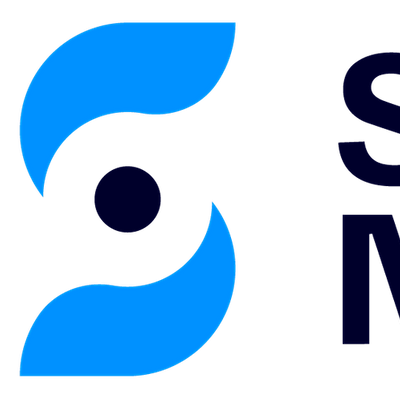
About this Event
Dates: Jan 28, 2025 - Jan 30, 2025, approximately 6 hours of dedicated time per day (total 18 hours)
Alternate times available by contacting Training at [email protected].
This class teaches Apache Pulsar fundamentals. You will:
- Learn key concepts of using Apache Pulsar through hands-on lab exercises.
- Create an end-to-end application using both messaging and streaming models supported by Apache Pulsar.
- Design applications for high throughput using partitioned topics, work queues, and keyed data streams.
- Examine use cases for scheduling messages, rewinding data streams, and quickly accessing summarized data.
Preview the Use Case and Messaging Basics course modules.
Intended audience
This course is designed for application developers, ETL (extract, transform, and load) developers, architects, and data scientists who need to interact with Pulsar clusters as a source of data, or destination for data.
Requirements
- 1-2 years of programming experience.
- You will need to setup your own development environment using Java 17 and Maven. IntelliJ is recommended as the IDE with a free community version available. It is highly recommended you setup this environment prior to the start of the course. StreamNative Training can provide access to code samples to test connectivity to the StreamNative Hosted Pulsar Cluster.
- You do NOT need to setup a Pulsar cluster as tenant access is provided in a StreamNative Hosted Pulsar cluster for the duration of the course.
Course Design
This course uses a blended learning model that combines lectures, videos, lab exercises, quizzes, and instructor-led sessions for questions and troubleshooting the labs.
You will have access to an Apache Pulsar trainer and hands-on coding labs, including:
- Up to 6 hours of self-paced learning & hands-on exercises for 3 days (total 18 hours of content)
- Three one-hour sessions with the StreamNative Technical for questions and troubleshooting
- Access to a tenant in a StreamNative Hosted Pulsar cluster to complete coding exercises
Content
Day 1 modules
- Course Setup - recommended to complete before start of class
- Use Case
- Messaging Basics
Come to office hours with any content or code questions. We can troubleshoot code during office hours.
Day 2 modules
- Consumer Subscription Types
- API Internals for Message Integrity and Scaling
- Introduction to Streaming
Come to office hours with any content or code questions. We can troubleshoot code during office hours.
Day 3 modules
- Topic Partitioning for Scaling Throughput
- Working with Keys
- Message Retention and Storage
- Security
Come to office hours with any content or code questions. We can troubleshoot code during office hours.
Grading
To pass the course and receive your certificate of completion and badge, you must achieve a minimum overall score of 75%. Your grade consists of:
- 25% Quizzes
- 75% Hands-on Exercises
Note: Upon successfully completing this course, developers new to Apache Pulsar should have sufficient skills to complete Developer Certification Level 1.
About the Instructors
Dustin Nest specializes in the creation of engaging technical training content and serves as your Technical Trainer at StreamNative. He brings to StreamNative over seven years of experience in software technical support, debugging, and training content development. He has both a BS and PhD in Chemical Engineering, with additional training and experience in C++, C#, Java, JS, and React. Dustin is excited to be your guide and troubleshooting resource in this course as you learn about Apache Pulsar by creating your end-to-end application.
David Kjerrumgaard is a committer on the Apache Pulsar project and serves as a Developer Advocate for StreamNative with a focus on helping developers solve their streaming data challenges using Apache Pulsar. He has over 15 years of experience working with open-source projects in the Big Data, Stream Processing, and Distributed Computing spaces. He earned both a BS and MS in Computer Science and Mathematics. David is the author of the book , and co-author of Practical Hive: A Guide to Hadoop's Data Warehouse System.
++++++++++++++++++++++++++++++++++++++++++++++++++++++
You can contact [email protected] with any questions.
Event Venue
Online
USD 530.05












